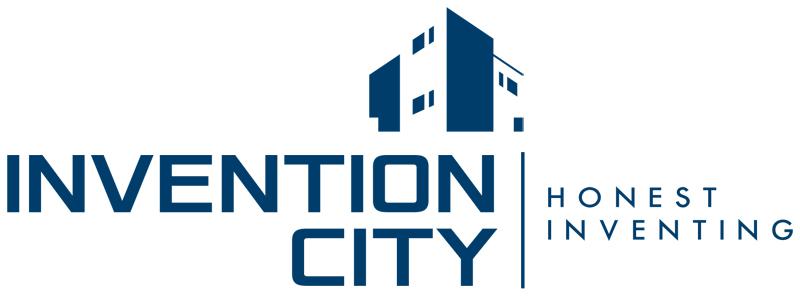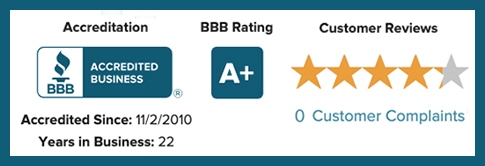I Have a Patent Number - Now What?


Next Steps After Patent Pending or Patented.

If you are thinking about licensing, Invention City's Brutally Honest Review is a great next step - you will get great feedback and a possible licensing offer from Invention City itself.
Once you have a patent application filed you are in a position to create a presentation and get feedback from people who might buy and use your invention. Strong survey results from a professional platform like SurveyMonkey can be a big help in getting interest from potential licensees and investors.
Catherine asks:
I made prototypes and gave them to a number of people with a list of marketing questions on fit, comfort and how much they would pay for the item... the response was good, so I wrote and illustrated drawings, and submitted a patent application. I have now received a patent number. What do I do now? I am a graphic designer but have no contacts for manufacturing my idea or know what the next steps should be. My intention is not to manufacture this item myself, my intention is to get royalty payments from a company that is a good fit for the product. I also know a corporation would not be interested without some more marketing research behind my invention.
================================
You took the right steps: making a prototype and surveying potential customers to confirm the market before filing for a patent. It sounds like you have a patent application number rather than an issued patent. It's unclear whether the patent is a design patent or a utility patent. A design patent generally offers less protection than a utility patent and this can be a factor in determining how big a royalty you might get. A patent application is not an issued patent - you cannot stop someone from copying your idea with a patent application - you must wait until a patent has issued (and then it gets complicated and expensive).
The kind of deal you are seeking is called a licensing deal - you want to give a company the right to manufacture your invention in return for royalty payments. I don't think you need to do any more market research. The research you did initially gave you the basis for going forward. Now you have something to show and talk about. Go do it!
My article Inventing 102 covers the next steps in detail. In summary those steps are:
1. Identify & research target companies - Trade shows are the best places to identify possible licensees and to make initial contacts. The #2 company in an industry is a better target than #1 - they need you more.
2. Approach prime targets - You want to find an internal champion in the company (maybe that happened at the trade show).
3. Confidentiality agreement - Even with an issued patent this would be a good thing to get in place to cover new information you may bring to the table.
4. Prepare for negotiation - Know what you want before you start. Typical royalties range from 1-5% of wholesale price depending on industry and the details of the invention.
5. Initial presentation - Be ready to say yes before you walk in. Do not go fishing to get offers from multiple companies. Know what you need to say yes, and when you get it (plus a little)... make a deal.
6. Negotiate - Have a professional advisor.
7. Marriage - Maintain the relationship.
Good luck!
================================
Do you have a question? Ask Mike This e-mail address is being protected from spambots. You need JavaScript enabled to view it This e-mail address is being protected from spambots. You need JavaScript enabled to view it . Please keep in mind that this is a public forum.
For more than two decades Mike Marks has been active in creating and marketing new products and forming new businesses. As founder of Invention City and co-founder/partner of WorkTools, Inc., Endeavor Products Company, and Accentra Inc., he has managed the design, manufacturing, marketing, patenting and licensing of products such as the Gator-Grip® Universal Socket the Black & Decker PowerShot® staple gun, the Staples One Touch stapler. Over the past ten years products developed by WorkTools have generated over $350 million in retail sales and over $8 million in royalties. Mike has negotiated a wide range of contracts, established manufacturing operations in Taiwan and China, managed national and international sales, run public relations/advertising campaigns and written and produced television commercials and video news releases. Prior to founding WorkTools in 1986, Mike worked as a commercial photographer and photojournalist in New York for clients such as American Express, Nikon and Newsweek Magazine. Mike graduated from UCLA in 1978 with a degree in Economics.
share this article: facebook
Owner of Ce Designs and Illustration
Thanks Mike This can be very confusing, the paper work says non-provisional patent application and it will be taken up for examination in due course. So I am thinking it is still in process? , But then it says if required foreign filing license granted 02/23/2010, gives me a country code and a number of my priority application? can you explain this? thank you for your advice I appreciate it! Catherine
by: Catherine Fick
Good advice
Thank you you are right, I have a person assigned thinking about calling her to see where I am at in the process. So I am just waiting on the examiner. The foreign patent is not worth it for me. Can I approach a company with my data using a patent pending message?
by: Catherine Fick
independent product developer
why is it that if you've already completed market research, (feasibility, visual appeal, enginering etc), renders, designs & filed patent application, these marketing firms still wish that you spend countless dollars withthem to do what you've already done - before they 'attempt' to represent your invention to industry ?
by: Tony Anderson
Why Invention Marketing Companies Re-Do Inventor Work
There are a few reasons I can think of why invention marketing companies might want to re-do what an inventor has already done with regard to preparing to market an invention: 1. It's what they do. Turning an invention idea into something that can be presented to potential licensees involves a series of concrete steps where the value of each step can be appraised by the client. - Here's a report on prior art. - Here's a study of the potential market - Here's a rendering of the design, engineering drawings, prototype... 2. As a matter of policy it's a bad idea to use the work of most beginning inventors because the quality of the work is generally not so good. 3. The actual marketing of an invention is squishy and hard to evaluate. Moreover, most (as in 99%) inventions will never be licensed. If you have the next ipod, the odds might get to 50/50... but short of that there are many great and useful inventions that have clear market potential that will still never be licensed. Let's assume an invention marketing company does everything right and works hard and creatively to get an invention licensed. Even then, 9+ times out of ten, the company will be unable to get a deal. The vast majority of inventors will have paid the company thousands of dollars and have nothing to show for it. What do you think those inventors would say about that company? But if that company has given the inventors something tangible such as reports, presentation materials, prototypes, inventors can justify the expense in their own minds and feel the company provided a valuable service even if the effort to license the invention fails.
by: mikem